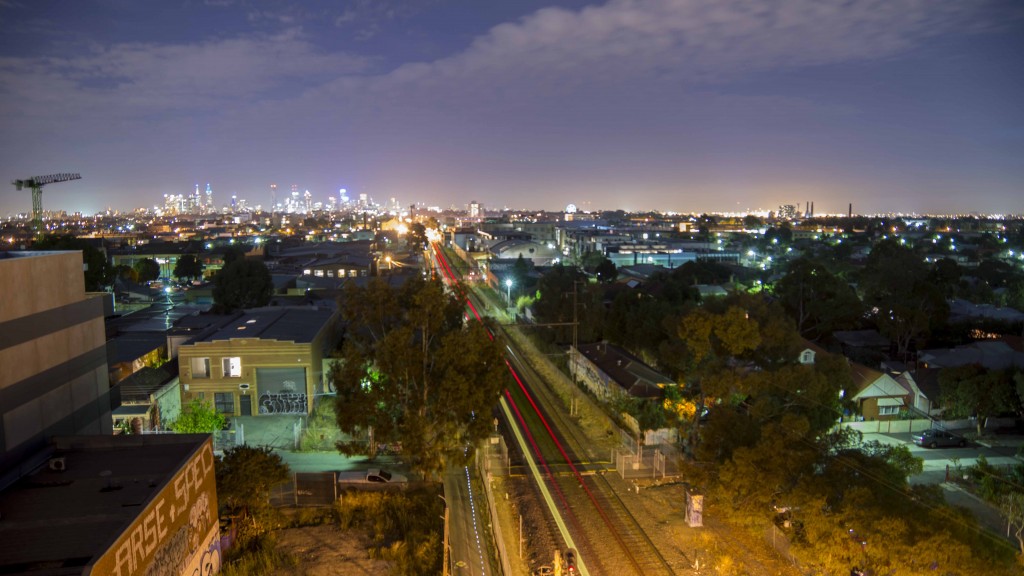Angus disagrees with the idea that technology determines everything. Instead he hypothesises that above technology are the creators and below; the consumers, which together forms the three stages for how technology progresses through time.
Evan introduces his new blog category – Adrian Vs Betty, in replacement of Symposium updates. Accurate description I think. However during this Symposium, the two intellectual boxing opponents agree on language having alternative interpretations. Evan explains how the term ‘LOL’ can be interpreted in a variety of different ways as an example to demonstrate the implausibility of the Magic Bullet Theory.
Luke recognises the multiple benefits of computers; the convenience they create for day-to-day tasks and educational benefits. He decides that the benefits outweigh the possible stresses caused by such modern technology. I would agree that certain technological developments have made it easier to perform certain tasks. However as an overall concept, such tasks must have also been created through the same technological developments, so maybe its like: “I need to buy it because I can” and computers make these tasks easier but without computers they may not be a need for the task. This probably sounds very hippie as its bordering on notions of the ease of times of hunting and gathering, etc – a life without contemporary tasks created by technology.



